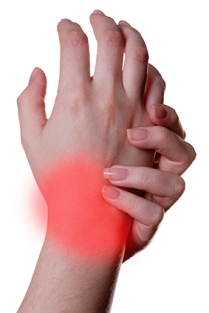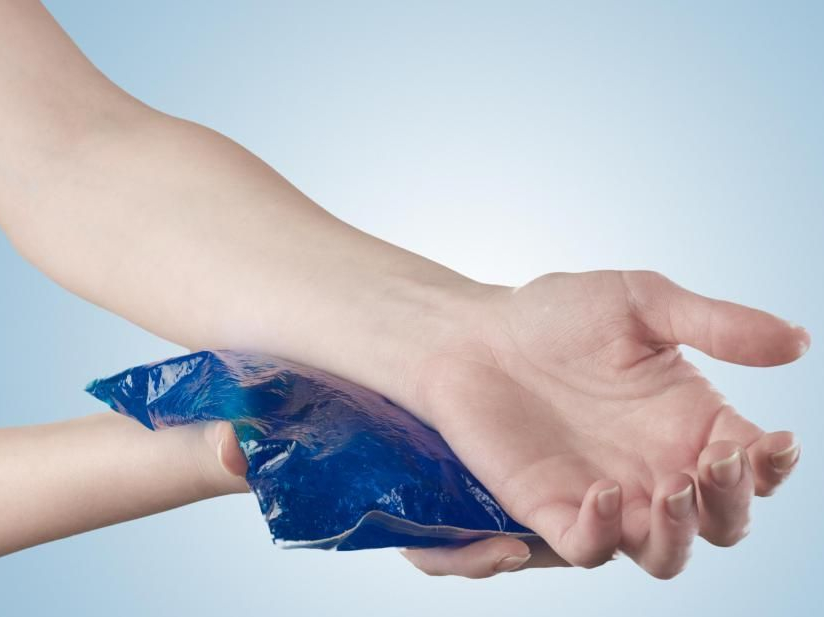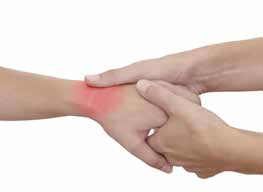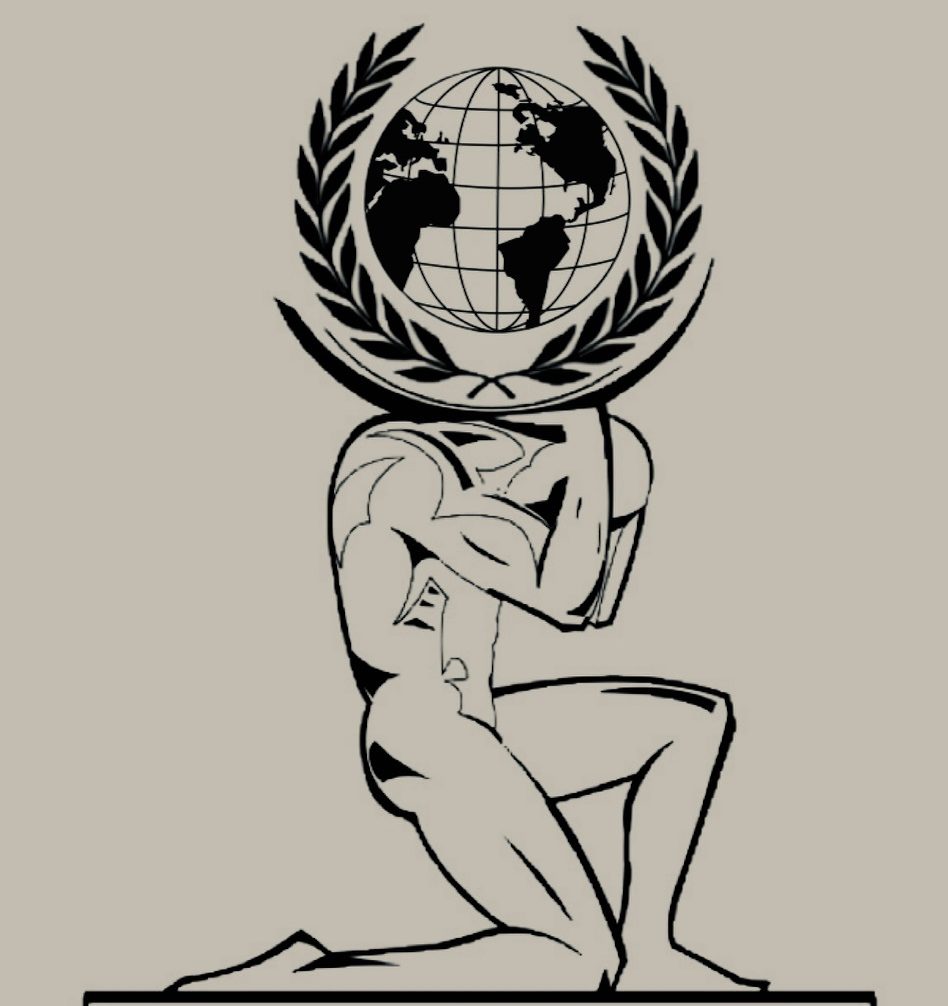
Wrist pain, a common complaint for yoga, gymnasts, and exercise enthusiasts, has recently become more prevalent since people have been forced to exercise at home and outdoors due to the Coronavirus Pandemic. The most common cause of this wrist pain is dorsal wrist impingement syndrome commonly known as “yoga wrist”.
Dorsal wrist impingement, which causes pain on the back side of the wrist, is a condition in which the joint capsule, the lining of the joint, becomes inflamed and thickens. The inflammation typically occurs where the bones of your forearm meet the bones of your hand. 
The wrist joint is made up of the radius, ulna, scaphoid, and lunate bones. The impingement occurs due to swelling on the thumb side of your wrist where the scaphoid and radius meet. During repetitive wrist extension and hyperextension, more specifically under weight baring positions, the inflammed joint capsule becomes trapped or “pinched” between the tendon of the extensor carpi brevis (a wrist extensor muscle) and the scaphoid bone.

When your wrist is extended or bent back people often feel a “pinching” pain in the wrist. Painful positions and activities that cause symptoms include yoga, planks, pressing dumbbells or barbells, gymnastics, and push-ups. People can also feel it simply pushing open doors or pushing up from a chair as well.
Symptoms can be very limiting, frustrating, and last for months. Fortunately, the majority of dorsal wrist impingement injuries can be treated conservatively and successfully.
Conservative treatment typically includes:
- Rest: Avoiding exercises, activities, and positions that cause symptoms. Resting your wrist for an extended period allowing your body to repair the injured tissue.
- Cryotherapy: Ice and cold therapy to decrease acute inflammation and control pain.

- Anti-inflammatories: Over the counter anti-flammatories and/or homeopathic herbs such as turmeric to help control inflammation and pain.
- Bracing: Immobilizing the wrist to prevent hyperextension and repetitive movements giving the capsule and wrist joint adequate time to heal.
- Modification: Modifying and adjusting exercises, activities, and positions to limit stress on the the soft tissue structures and using equipment to limit wrist extension during exercise.
-
Towels and wedges ( Limit wrist extension )
-
Wrist Positioning ( Neutral Wrist Position )
-
Yoga Gloves ( decreases wrist extension )

WAGS
-
If symptoms don’t improve, more invasive treatments such as injections or arthroscopic surgery may be necessary in order to return to normal activities without pain. Surgery is typically only recommended with severe cases. Fortunately, the surgery has a high success rate.

If your symptoms don’t seem to be improving with conservative at home care, be sure to consult your doctor or physical therapist for further guidance.










